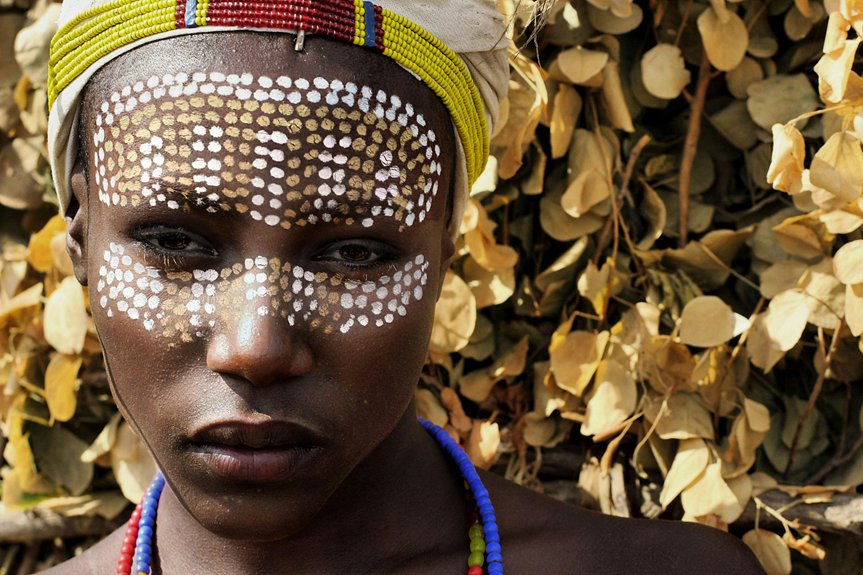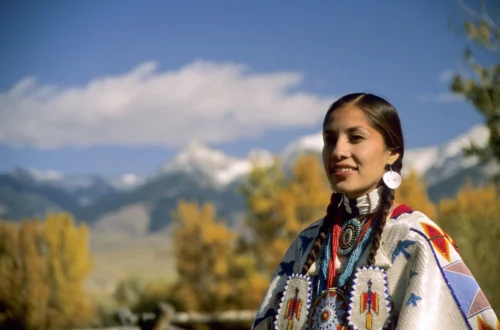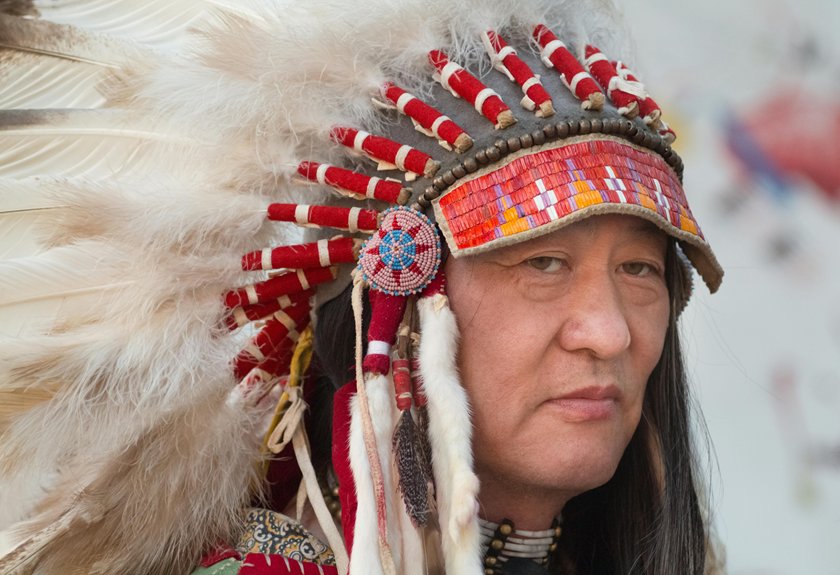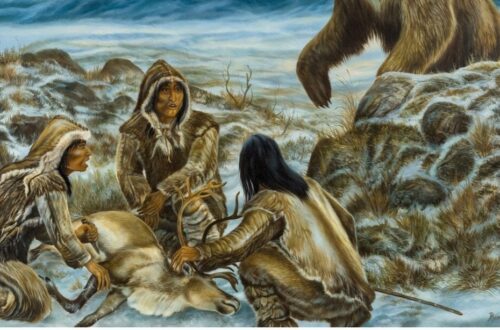Did you know that the term “Eskimo” is often considered outdated and can be seen as offensive to the Inuit and Yupik peoples? While they share some similarities with Native Americans, their distinct languages and cultural practices set them apart. Understanding their unique identity is essential in appreciating their contributions to the broader Indigenous narrative. So, how do we navigate the complexities of their heritage and relationship with other Native American tribes?
Understanding the Terms: Inuit and Yupik
When you explore the rich tapestry of Arctic cultures, it’s essential to understand the distinctions between the terms “Inuit” and “Yupik.”
While both groups belong to the broader Indigenous peoples of the Arctic, they each have unique languages, traditions, and histories that shape their identities.
Inuit primarily inhabit regions in Canada, Greenland, and Alaska, speaking Inuktitut and related dialects, while Yupik people are found mainly in western Alaska and Siberia, communicating in Yupik languages.
Their subsistence practices also differ: Inuit often rely heavily on sea mammals, while Yupik communities incorporate fishing and hunting of land animals.
Recognizing these differences not only honors their rich heritage but also fosters a deeper understanding of their unique worldviews and cultural contributions.
The Historical Context of Indigenous Peoples in North America
Although many view the history of Indigenous peoples in North America through a singular lens, it’s crucial to acknowledge the diverse experiences and narratives that shape their past. Their histories are rich and varied, often reflecting resilience in the face of adversity.
Consider these key aspects:
- Cultural Diversity: Each Indigenous group has unique traditions, languages, and customs.
- Colonial Impact: European colonization brought profound changes, including displacement and cultural erasure.
- Resistance and Adaptation: Indigenous peoples have continually resisted oppression while adapting to new realities.
- Ongoing Struggles: Today, they face challenges related to sovereignty, land rights, and cultural preservation.
Geographic Distribution of the Inuit and Yupik
The Inuit and Yupik peoples inhabit some of the most extreme and diverse environments in the Arctic regions of North America and beyond.
You’ll find the Inuit primarily in Canada, Alaska, and Greenland, thriving in areas like the Canadian Arctic Archipelago and northern Quebec. The Yupik, on the other hand, are mainly located in western Alaska and parts of Siberia.
Both groups have adapted to harsh climates, relying on traditional knowledge to navigate their landscapes effectively. Their geographic distribution reflects not just survival strategies, but also rich cultural ties to their environments.
Understanding where they live helps you appreciate the intricate relationship they maintain with the land, sea, and ice that shapes their identities and ways of life.
Cultural Practices and Traditions of the Eskimo Peoples
While many may see cultural practices of the Eskimo peoples as merely survival techniques, they’re deeply woven into the fabric of their identities and communities.
These practices reflect a profound connection to their environment and heritage. Here are some key traditions to reflect upon:
- Hunting and Fishing: Integral for sustenance, these activities are often communal, reinforcing social bonds.
- Storytelling: Oral traditions convey history, morals, and cultural values, passing wisdom through generations.
- Art and Craftsmanship: From carving to sewing, artistry expresses identity and connection to the land.
- Spiritual Ceremonies: Rituals, including those honoring animals and nature, highlight their respect for the earth.
Understanding these traditions allows you to appreciate the rich cultural tapestry of the Eskimo peoples.
The Relationship Between Inuit, Yupik, and Other Native American Tribes
When exploring the connections between the Inuit, Yupik, and other Native American tribes, you’ll find a rich tapestry of shared histories and cultural exchanges that have shaped their identities over centuries.
These groups, while distinct in language and traditions, share a deep-rooted connection to the land and a commitment to community. You’ll notice similarities in hunting practices and the use of natural resources, reflecting adaptations to harsh environments.
Spiritual beliefs often emphasize respect for nature, fostering a sense of unity among tribes. Additionally, trade routes historically linked them, facilitating cultural and technological exchanges.
Understanding these relationships helps illuminate the complexities of their identities and underscores the importance of collaboration in preserving their heritage in today’s world.
Legal Definitions and Recognition of Native American Identity
Understanding legal definitions and recognition of Native American identity requires traversing a complex landscape shaped by federal, state, and tribal laws.
As you explore this intricate terrain, consider these key elements:
- Federal Recognition: The U.S. government recognizes certain tribes, granting them specific rights and benefits.
- Tribal Sovereignty: Tribes maintain their own legal systems and can define their membership criteria.
- Cultural Heritage: Identity often intertwines with cultural practices, languages, and traditions that shape community bonds.
- State Laws: Each state may have varying laws regarding Native American identity, impacting rights and resources.
Navigating these factors helps you appreciate the nuances of Native American identity, including how Eskimos fit into this broader context.
Respecting these definitions is essential for fostering understanding and collaboration.
The Impact of Colonization on Eskimo Communities
As colonization spread across the Arctic, Eskimo communities faced profound changes that disrupted their traditional ways of life. You’d see the introduction of foreign goods and beliefs, which altered subsistence patterns and social structures.
Traditional hunting and gathering practices often clashed with imposed regulations, leading to food insecurity and loss of cultural identity. The arrival of missionaries further complicated matters, as they sought to replace ancestral beliefs with Christianity.
Communities experienced fragmentation, as younger generations struggled between preserving their heritage and adapting to new societal norms. These shifts not only affected daily life but also led to long-lasting impacts on community cohesion and resilience.
Recognizing these historical contexts is essential to understanding the complexities of Eskimo experiences today.
Contemporary Issues Facing Inuit and Yupik Peoples
While many might associate the Inuit and Yupik peoples solely with their rich cultural heritage, contemporary issues challenge their communities in profound ways.
Here are some pressing concerns:
- Climate Change: Rapid environmental shifts threaten traditional lifestyles and food sources.
- Economic Struggles: Limited job opportunities lead to high unemployment rates and economic hardship.
- Health Disparities: Access to healthcare is often inadequate, resulting in significant health challenges.
- Cultural Erosion: Urbanization and globalization risk diluting their languages and traditions.
These factors create a complex landscape for Inuit and Yupik peoples, demanding resilience and adaptation.
Understanding these contemporary issues is essential for fostering respect and support for their ongoing struggles and aspirations.
Celebrating the Diversity of Indigenous Cultures in North America
Amidst the vast tapestry of North America, the rich diversity of Indigenous cultures reveals a profound connection to the land, history, and community. Each tribe, from the Navajo to the Inuit, showcases unique traditions, languages, and art forms that reflect their environments and experiences.
You’ll find vibrant storytelling, intricate beadwork, and communal ceremonies that honor ancestral ties and foster unity. Engaging with these cultures allows you to appreciate their resilience and adaptability in the face of historical challenges.




